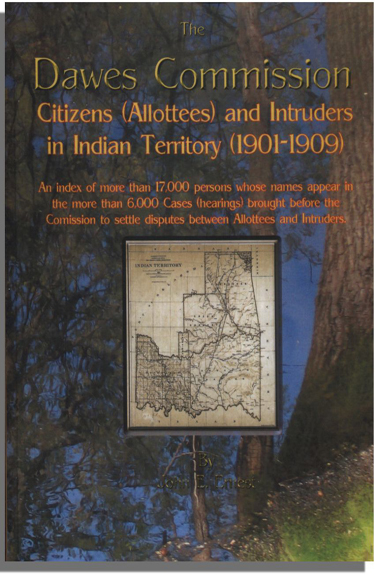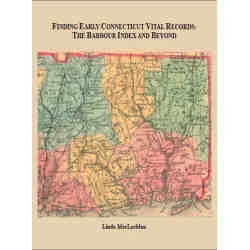Description
On February 8, 1887, Congress passed the Dawes Act, named for its author, Senator Henry Dawes of Massachusetts. Also known as the General Allotment Act, the law allowed for President Grover Cleveland (1893-1897) to break up reservation land, which was held in common by the members of a tribe, into small allotments to be parceled out to the Citizens of the Five Nations. The General Allotment Act imposed private property ownership on the American Indians by dividing their reservations into individual farms (the allotment).
The Dawes Commission was responsible for activities concerning the Five Nations in Indian Territory, Oklahoma. Its major responsibility was to enforce the various treaties made between the Indian Nations and the federal government and to enforce decisions made by the Bureau of Indian Affairs (BIA) and its arm, the Union Agency. This Commission was also responsible for allotting tribal lands to eligible citizens, placing them in possession of their allotment(s) and settling disputes between the citizen allottee and intruders. The Commission was headquartered in Muskogee, IT (future Oklahoma). While the Dawes rolls are a major source of Indian citizen records, there is no central list of non-citizen intruders. The fact is that Indian Territory (Oklahoma) attracted thousands of whites and non-citizen Indians with the prospect of obtaining surplus tribal lands or renting or leasing individual allotments. This work incorporates both the intruders and the rightful allottees.
One of the most difficult tasks of the whole allotment process was an obligation assumed by the officers of the Union Agency with the police force. Often the trespassers were mere intruders claiming no right but difficult to remove. Others were rejected citizenship claimants, who refused to surrender the land they formerly occupied. More often they were owners of occupancy titles purchased from a former claimant. There were many involved contests between Indian “Citizens” claiming the right to the same land. In 1893 the Dawes Commission inaugurated allotment, and in 1898 the Curtis Act initiated the end of tribal governments. As a result, Union Agency assumed major new responsibilities, which included selling town site lots and allotments, approving land and mineral leases, paying royalties, enforcing probate rules, and overseeing guardians of minors.
The Union Agency established a hearing process that allowed citizen allottees (the plaintiff) to challenge the renter intruder (the defendant) as to the legality of the rent/lease agreement. Some 6,000 hearings were held over the course of nine years. The decisions made in these 6,000 cases by the Dawes Commission are included in this book. From these cases an index of more than 17,000 names have been developed. The names of thousands of intruders are also included. An interesting feature of Mr. Ernest’s book is the location index. All allottees and intruders are grouped by town. The index brings families and relatives together.






Reviews
There are no reviews yet.